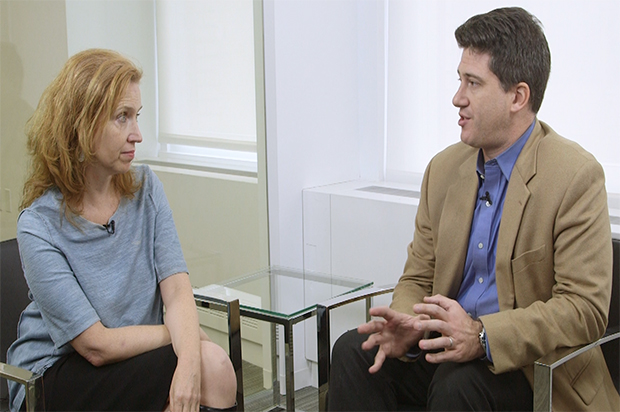Salon culture writer Mary Elizabeth Williams sat down recently with attorney Michael J. Pospis to discuss harassment in the workplace. With lots of debate circulating around different types of workplace harassment, and what exactly constitutes as an abusive environment, it’s sometimes difficult to understand when these instances take place.
When asked what he is looking for when people come to him about issues of harassment, Pospis said, “What I’m looking for are facts that I’ve seen in the case law that judges and courts look to when determining that a hostile work environment exists.”
“More often than not, it’s comments of a sexual nature, it’s inappropriate touching, and it doesn’t have to be overtly explicit, it can be a touch on the shoulder repeatedly,” said Pospis. “The standard is that the conduct be unwelcome. So, what’s unwelcome to one might not be unwelcome to another. When I meet with somebody I try to get a true sense of all the facts, what’s going on. The term hostile work environment, by definition, it’s an environment it’s not just one distinct or discrete act.”
There are many different ways people can respond to workplace harassment. Pospis explains that most of the time it’s what you should not do, rather than what you should do.
“The main thing you should not do, is you should not quit, unless there is an egregious set of circumstances. If you quit, you undermine your ability to assert a claim later. The second thing you want to do is you want to clearly and unequivocally communicate to the harasser that what they are doing is making you uncomfortable, it’s unwelcome and you should ask for it to stop.”

